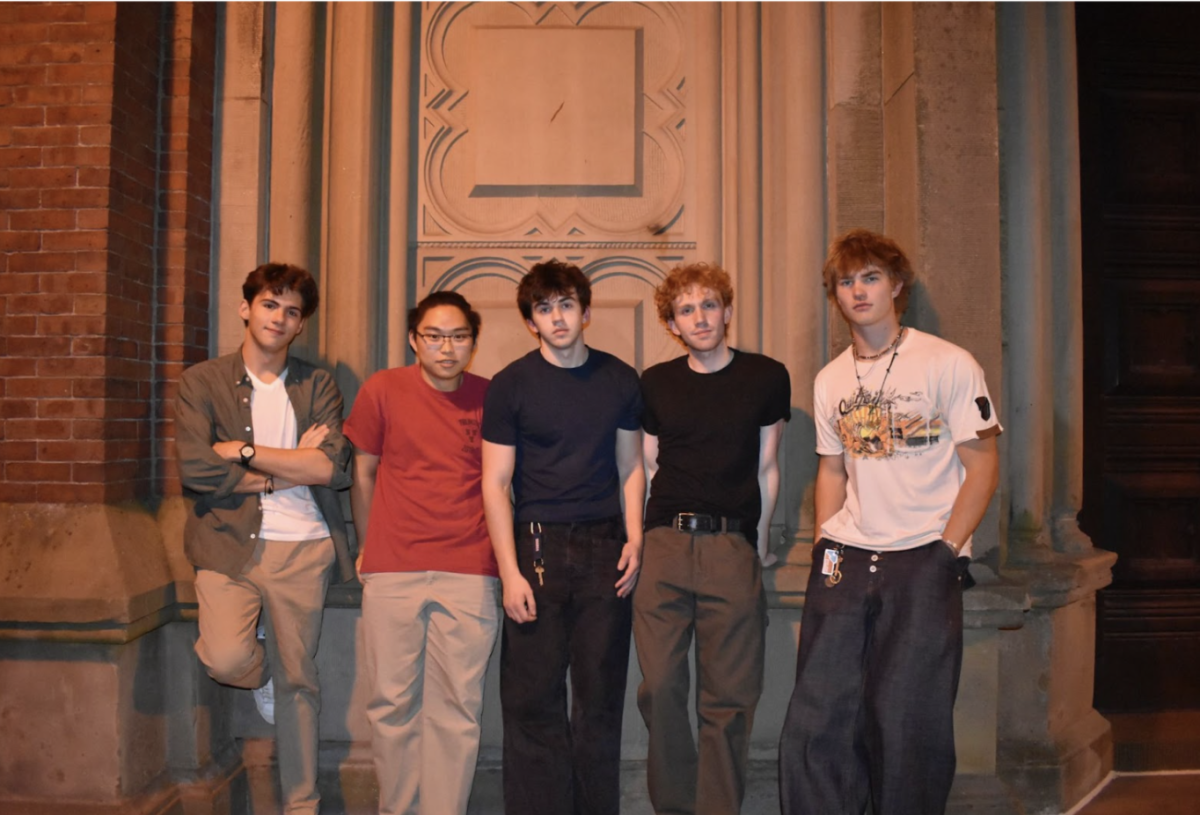Metallics, low-rise baggy pants and bubble hems — these are some of the styles that dominated the Spring 2022 New York Fashion Week that lasted from Sept. 8 to 12, 2021 — and these will be the trends that fast fashion brands like Shein and Zara will replicate. Fashion shows influence trends for the current and upcoming seasons, and while they celebrate designers’ creative visions, it is hard to ignore their permanent impact on the environment.
Modern fashion shows take inspiration from fashion parades in the early 1900s in Paris, where members of high society viewed the latest fashion in informal, private shows. By the 1960s, fashion shows aimed to connect with their audiences by adopting more inclusive elements: less exclusive shows and ready-to-wear collections available for purchase. Fashion shows now, especially those at New York Fashion Week, are immersive experiences that garner public attention due to social media.
But while social media makes fashion accessible, it also exacerbates our preexisting culture of excess. In 2017, roughly 85% of clothes in the United States ended up in landfills or were burned. Globally, manufacturers produce 13 million tons of textile waste when 95% of it could be repurposed. The process that creates this tremendous amount of waste is fairly prescribed as fast fashion, which refers to designing and manufacturing high volumes of clothes at rapid rates. Generally, fast fashion companies view runway designs and replicate them using low-quality material to meet high public demand. They create inexpensive replicas of expensive designs from well-known or luxury brands and evangelize the trends to the public, repeating the process when they see economic value in the next micro-trend. Consumers buy pieces as they track trends, wearing them only briefly as the pieces quickly go in and out of style. However, the impetus behind fast fashion is social media influencers who create a seemingly endless New York Fashion Week by promoting fast fashion brands and filming weekly clothing hauls.
Trend replication, rapid production and low prices have a detrimental impact on the planet, causing the fashion industry to make up 10% of the world’s greenhouse gas emissions. Fashion Week merely elevates this problem because it speaks for the fashion industry and indirectly controls the overconsumption and mass production behind microtrends. As the culture of fashion slowly changes, it’s necessary to view sustainability through a collective lens that holds everyone from manufacturers to influencers accountable.
Still, fashion trends reflect the cultural climate and serve as time capsules for moments that will soon be faint memories. They are an exercise in experimentation and creativity, making them hard to ignore. If trends elevate your style — and in turn your sense of self — then they will reflect who you are and who you want to be. Sometimes that changes, so the answer is not minimalism. It’s knowing when to repurpose and when to reinvent.





